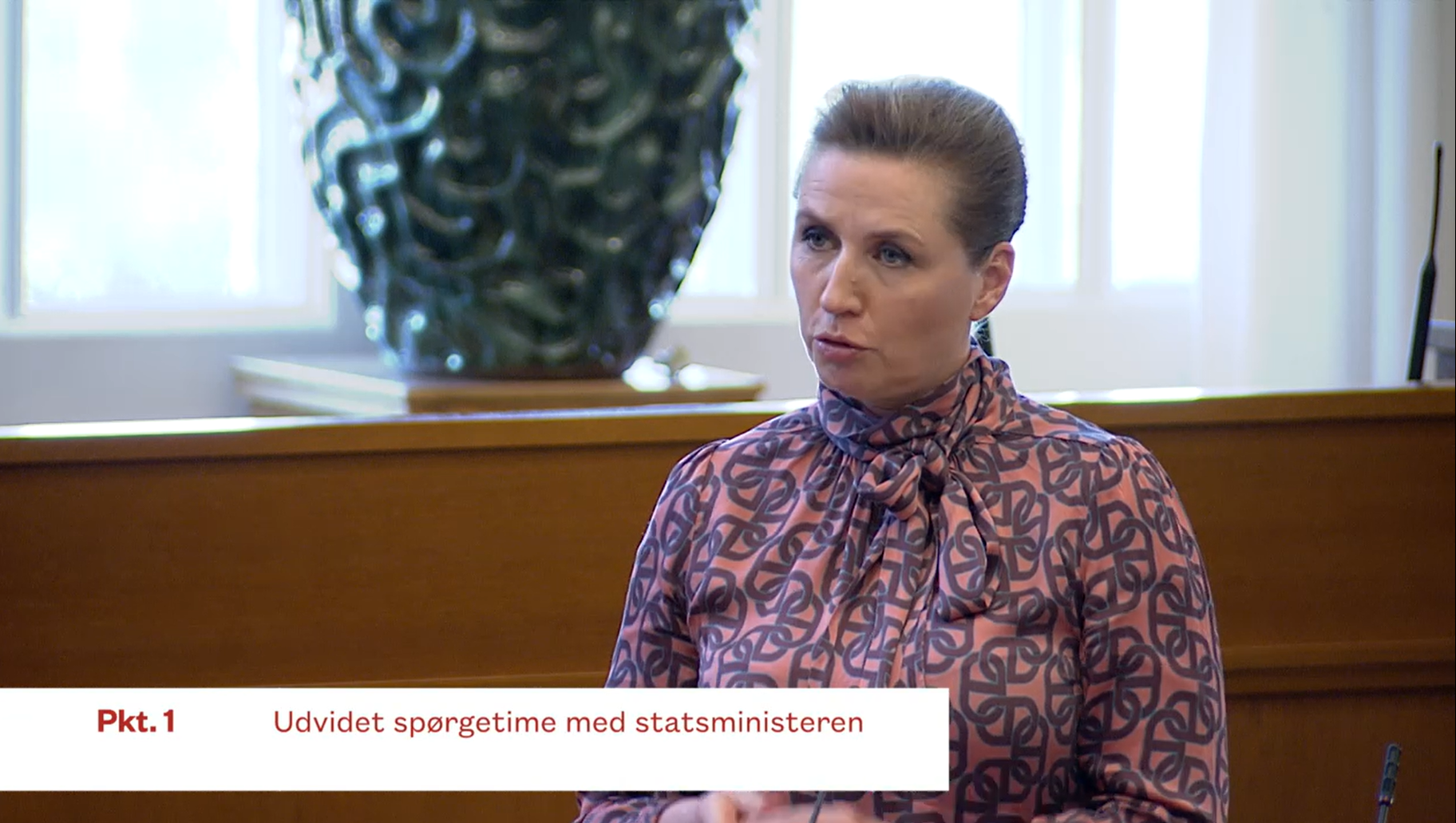Aarhus University (AU) has a lot to be proud of these days.
Yesterday it was revealed that the university had made a big jump up the annual Shanghai ranking, the Academic Ranking of World Universities, and now some of its researchers have discovered a new and improved method for diagnosing HIV.
The researchers have managed to identify an enzyme in a HIV-infected cell that will allow for a quick and easy method to diagnose the virus in humans.
“The new technique means we can work to prove active virus particles swiftly whilst using low tech,” Finn Skou Pedersen, a professor working in the Department for Gene Expression and Gene Medicine at AU, told Ingeniøren newspaper.
“In particular, the low-tech aspect is of great importance in the areas of the world where access to more advanced diagnostics methods is limited. That is one of the key drivers behind why it’s so difficult to control the AIDS epidemic.”
READ MORE: University of Copenhagen moves up on Shanghai ranking
Accessible and affordable
The new method, which is part of a project by AU PhD student Jing Wang, will mean patients will be able to be quickly and cheaply tested for the virus locally, with their own general practitioners.
Until now, HIV diagnostics mostly involve measuring antibodies and antigens, and it can take time for the body to generate enough of these to be measured. It can take upwards of two months for the body to create accurately-measurable levels of antibodies.
HIV, like other retroviruses, contains integrase, an enzyme that allows the virus to fasten and intertwine its DNA with human DNA. That’s also the reason why the illness is chronic.
The goal of the new method is to make it function at an affordable price of under one dollar per test, so it can be used in many of the areas where HIV and AIDS are prevalent. A cheap, easy and quick diagnosis will help lead to early and correct treatment.
AU is working on using some of the same affordable technology that is used by local general practitioners to diagnose malaria. But the researchers still have a considerable distance to go.
“We are working on the foundation research, and we’ve made some model studies and it looks promising,” said Pedersen.
“We haven’t tested on humans yet. In theory, this should be very specific, sensitive and relatively simple to do, but I don’t want to make any promises before we are sure.”













